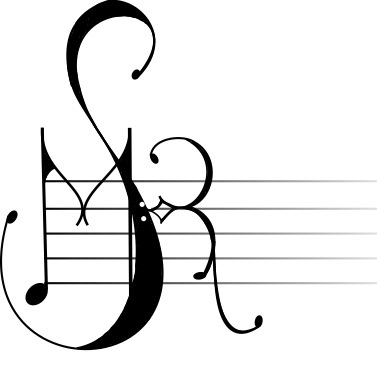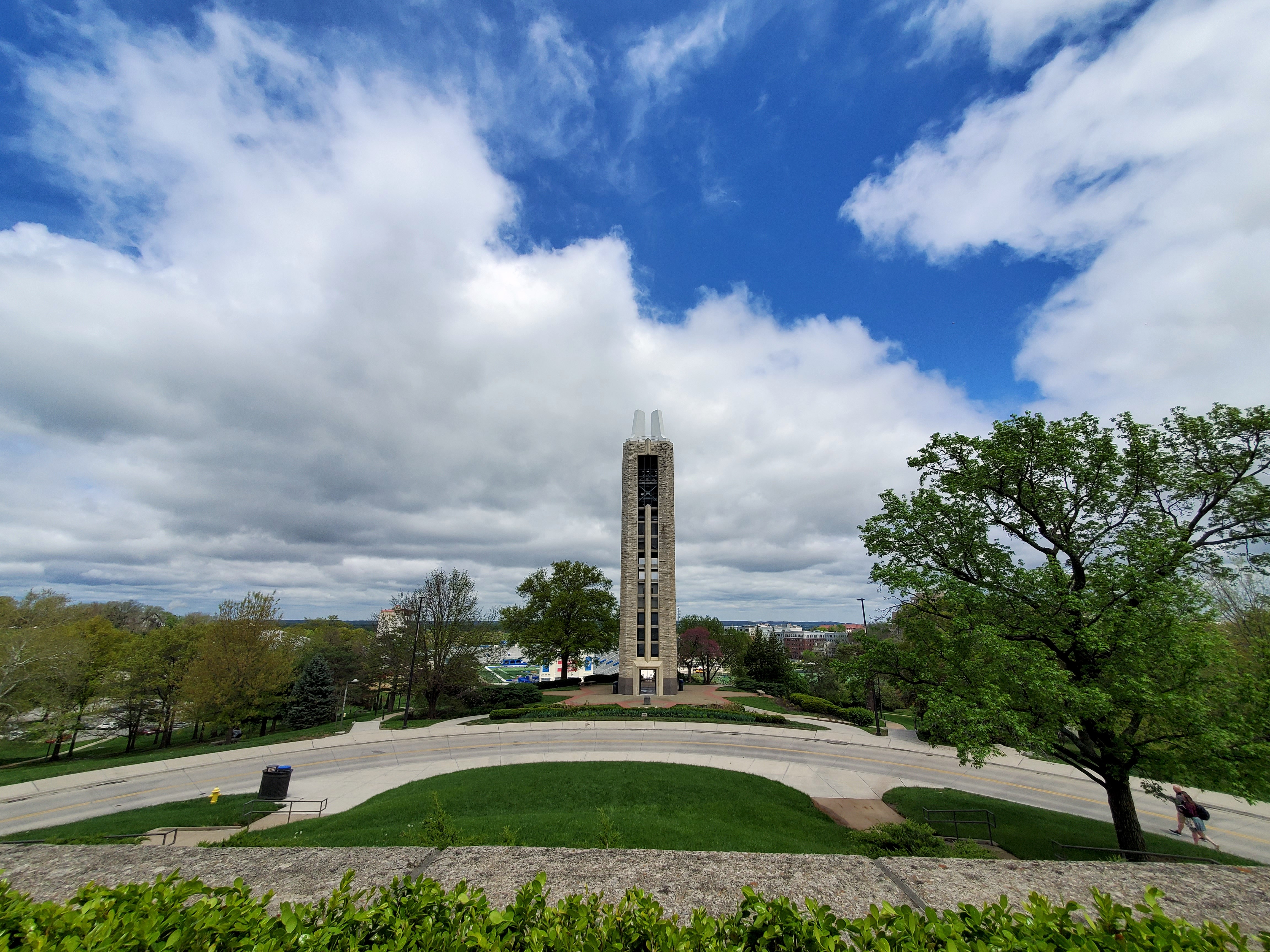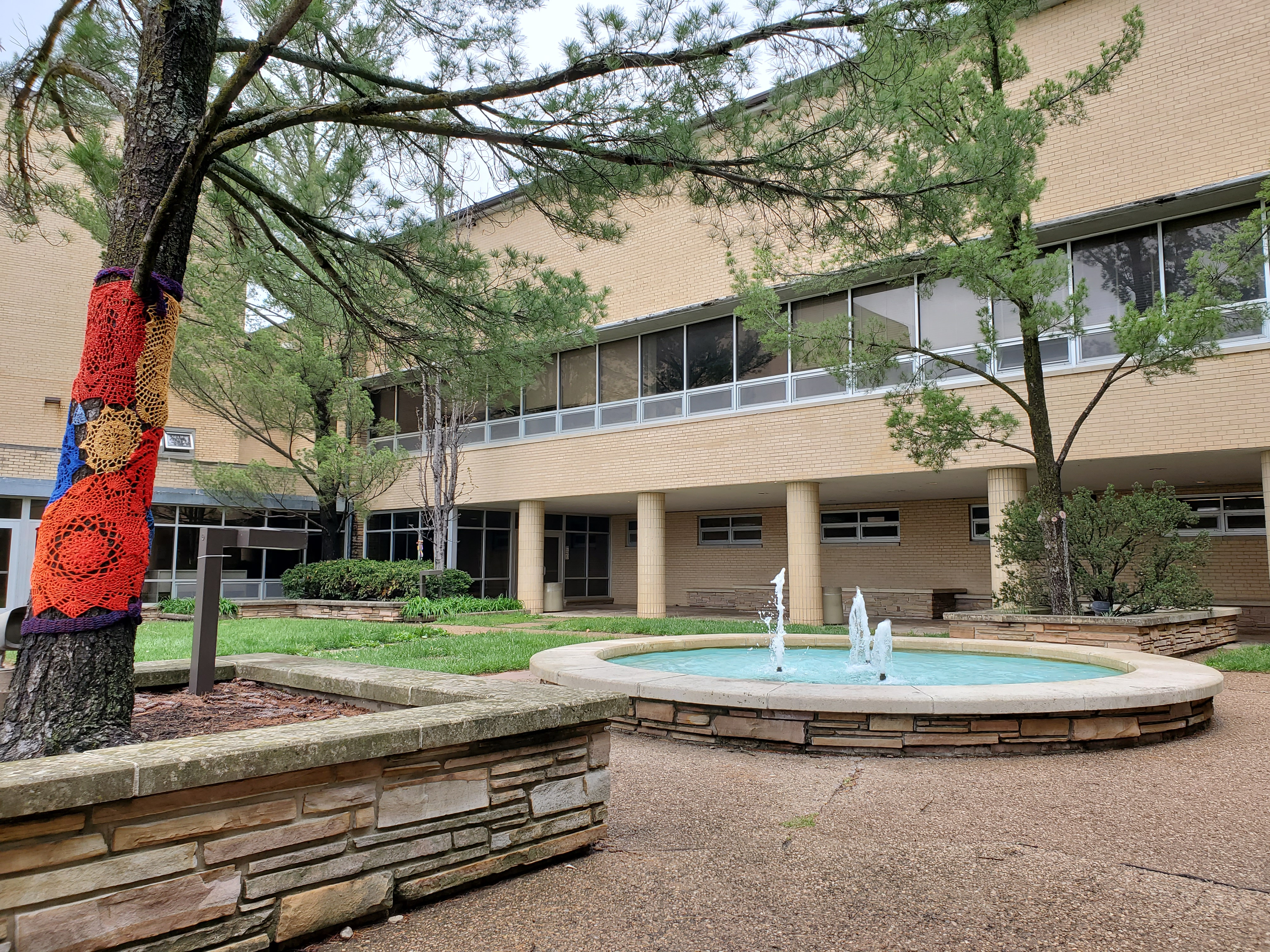On May 6–7, I traveled to Lawrence, Kansas, to present at Music Theory Midwest at the University of Kansas along with SMR member Yiqing Mitty Ma and recent alum John Edwartowski. It was my first in-person conference since early March 2020! I enjoyed hearing about a wide variety of music-theoretical scholarship, receiving thoughtful feedback on my work, meeting colleagues in the field, reconnecting with old friends, and exploring downtown Lawrence and the beautiful KU campus. Please see below for photos I took and our presentation abstracts.
Fluid Text Moments in Guys and Dolls: Witnessing the Erasure of Women’s Agency in Revisions and Adaptations
John Edwartowski
Although motion picture adaptations of stage musicals often make changes to their source materials by altering dialogue, removing scenes, and reordering, removing, replacing, adding, or transposing musical numbers—musical changes that undermine tonal readings of a closed text—audiences who are unaware they are encountering an adaptation will simply experience the adaptation as they would any other work. Audiences who are aware that they are encountering an adaptation, however, can allow the source text to “oscillate in [their] memories” with the adaptation (Hutcheon 2006), facilitating what John Bryant (2002) calls fluid text moments between the different versions—as well as sketches and drafts—that constitute parts of a broader work Bryant calls a fluid text.
This paper appropriates and adapts concepts from Bryant’s work, using one of Broadway’s Golden Age musicals, Guys and Dolls, as a case in point. Based on Damon Runyon’s short story, “The Idyll of Miss Sarah Brown” (1933), the musical debuted in 1950 and was adapted for film in 1955. Drawing from primary and secondary sources, I examine several distinct fluid text moments from 1933–1955 that serve to illustrate the reinforcement of normative gender roles contemporaneous to the post-war, 1950s United States that privilege the Guys at the expense of the Dolls.
The paper concludes by placing the above analysis in constellation with other fluid text moments from the musical and by offering paths toward future applications of fluid text analysis to include works in genres beyond musical theatre.
Theorizing Vocal Timbre in J-Pop: A Feminist Reading
Yiqing Mitty Ma
Shiina Ringo is one of the most recognized Japanese popular music artists, known for her diverse music performances styles with inspirations from Japanese tradition music and arts. Cultural historian Csaba Toth (2006) has recognized her influence on young Japanese female identities by creating a transgressive version of Japanese femininity through boundary-crossings. Van (2020) and Mata (2019) have studied her relationship to the “geographical urban” in Tokyo, constructing a community that is bonded by the urban peripheries and aesthetics that are shared within. Inspired by previous works that recognize the gender signification of vocality through imitations (Cox 2016, Heidemann 2016 ), this paper seeks to propose a framework to study gender performativity in Japanese popular music (J-Pop) through listeners’ embodiment in Shiina’s vocal performance. I discuss how Shiina’s vocal timbre contributed to constructing different images of femininities.
By analyzing musical videos, lyrics, and vocal timbre in Instinct (1999) and Crime and Punishment (2000). I argue that Shiina had to reinvent different images of femininity, the “Punk Youth” and the “Maternal Maturity,” to thrive through her long performance career. As reflected in these recordings, Shiina’s vocal timbre transforms and negotiates between a Western-rooted head voice and chest voice and a Japanese folk-inspired Jigoe, Uragoe, and Kobushi. I conclude that different vocal timbre strengthens various images of Japanese femininity that transgress from the mainstream female J-pop artists and groups. It provides alternative forms of femininities for her female fans to engage and participate in.
Constructing an Idealized American West through Folk Sources
Sylvie Tran
Composers have often quoted vernacular music to portray the American West. Aaron Copland’s ballets Billy the Kid (1938) and Rodeo (1942), set in the Southwest, quote cowboy and other folk songs; Giacomo Puccini’s opera La fanciulla del West (1910), set during the Gold Rush, quotes a Zuni melody. In this paper I draw from topic theory, place studies, and pastoralism to argue that these quotations construct an idealized West defined by certain racial dynamics and idyllic relationships between people and landscape.
I begin by observing overlapping musical features in Puccini’s and Copland’s folk sources. A reel-like rhythm becomes a marker of the Western dance in Rodeo and La fanciulla; meanwhile, the pentatonic folk melodies and their presentations in compound meters in all three works become markers of a Western pastoral simplicity. Considering these similarities, I argue that the reel rhythm and pentatonicism in compound meters could be recognized as musical topics. Finally, I discuss how the composers’ choices of vernacular music reflect the Wests they imagine. The cowboy songs in Billy the Kid and Rodeo evoke a West defined by the cowboy’s masculinity and relationship with the prairie. La fanciulla’s Zuni melody, sung by a traveling minstrel, evokes a West defined by American imperialism and transience. An ocean and three decades separate Puccini’s and Copland’s works, but I suggest that their coalescence around these musical topics indicates a broader fascination with folk material and the West in European and American classical music in the first half of the twentieth century.
Recent Posts
SMR to Host Midwest Graduate Music Consortium 2025 Conference – January 13, 2025
SMR Welcome BBQ at County Farm Park – October 01, 2024
Julian Grey defends dissertation – June 05, 2024
Michaela Franzen defends dissertation – May 21, 2024
Kai West defends dissertation – May 16, 2024
Micah Mooney and Carlos Pérez Tabares present at Music Theory Midwest – May 12, 2024
SMR end-of-year round-up at County Farm Park – April 25, 2024
SMR hosts Research Showcase – September 29, 2023
 Society for Music Research
Society for Music Research


